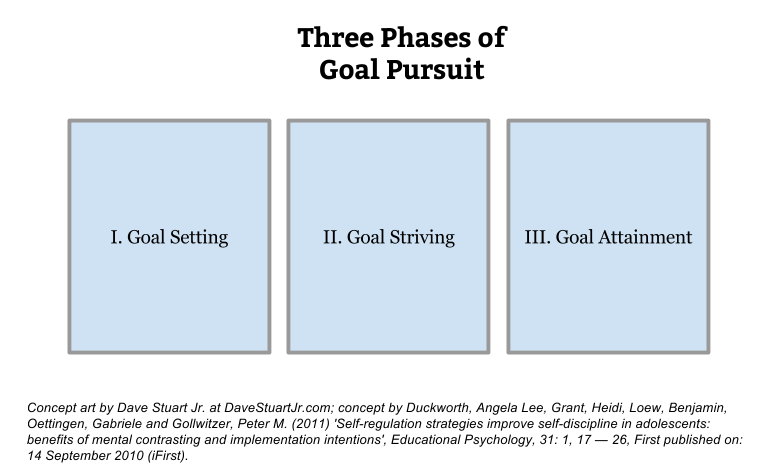Is there anything more motivating than setting, striving for, and achieving a meaningful goal?
From what I see in the classroom with my students, at home with my children, and in my own pursuits as a person, successful goal-setting is one of the best ways to get me pumped up. When I reach a goal, guess what I want to do next? Set and strive toward another one.
To help our students achieve the goals they set, we're wise to use the Gabriele Oettingen's WOOP method for goal-setting: Wish, Outcome, Obstacle, Plan. Here's how it works.
Wish
In this stage, WOOPers set a goal. For best results, make it SMART:
- specific
- manageable
- attainable
- relevant
- time-sensitive
Here are some examples from my students this past school year:
- Read three choice reading books over spring break.
- Get 40 AP World History practice questions correct over the weekend.
- Increase my GPA to a 2.7 before exams.
All right, now we've got a goal. Cool. Let's do a few things to make it more likely that we'll do the work to achieve it. After all, goal-setting is the easy part — it's goal-striving that our students tend to struggle with.

Outcome
Now, we need to do our best to visualize what it will be like to achieve the goal we just set. What is the best possible outcome? Who would we tell? How would we feel? What other positive effects would this have on our lives?
To help with the visualization, I often ask my students to complete a 2-minute freewrite.
Be careful! If you stop here in the process, you're actually less likely to work toward your goal! By visualizing success, we can sometimes trick our brain — “Okay,” the visualization can sneakily suggest, “that was a fun goal to achieve. Time to celebrate!”
Nope. Time to quickly shift into reality mode.
Obstacle
Our next step is to visualize what obstacle inside of ourselves is most likely to get in the way of us achieving our goal. What bad habits do we have that are most likely to get in our way? How might we end up sabotaging our efforts to achieve our wish? What present realities make it less likely that we'll get there. Importantly, we want to have WOOPers picture things that THEY can do something about here.
Again, the visualization is important here, so use a 2-minute freewrite if it helps.
What we've done here is called mental contrasting. We've created an association in our brain between a desirable outcome and a real and present obstacle. We're kind of programming ourselves to figure out how to overcome the obstacle.
Plan
Finally, we get really practical. How are you going to make your Wish happen? Lead WOOPers to create a simple When-Then plan. Some examples:
- When I get home from school, then I will complete 10 practice problems before I turn on the video game system.
- When I'm done with dinner and chores, I will read in my room for 30 minutes before doing anything else.
- When I get to school and am waiting for first hour to start, I will look up my grades on the library computer and select one task I can do that day to improve my GPA.
A few final tips
- Follow up with WOOPers after a set amount of time. If you're WOOPing the weekend, follow-up on Monday. If WOOPing the week, try Friday. If WOOPing the summer, set a reminder to follow-up with kids once school is back in session.
- Make WOOP a habit. The more kids do it, the more comfortable and successful they will be with the process.
- Do it yourself! Pick a goal that's meaningful to you, and work through the WOOP process. You really only need a fresh page in a journal to pull this off, but if you're into worksheets see the Character Lab resource below.
To dig deeper into WOOP and the science behind it, try one of these resources:
- Gabriele Oettingen's book, Rethinking Positive Thinking: Inside the New Science of Motivation
- Character Lab's WOOP toolkit
- My Student Motivation Course — an all-online, schedule-friendly PD that explores all kinds of goodies like WOOP and the key beliefs that they influence in our kids. It's a really cool PD experience, and I think you should ask your administrator to sign you up

Shaylee Rigby says
very motivational!